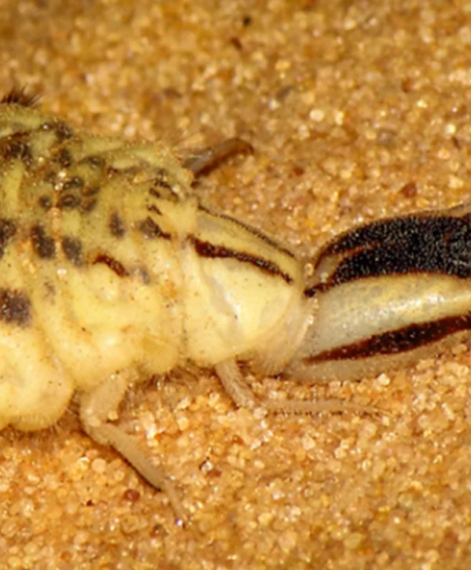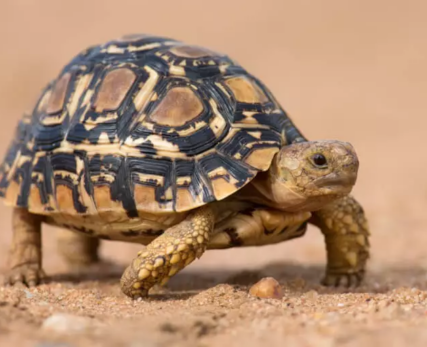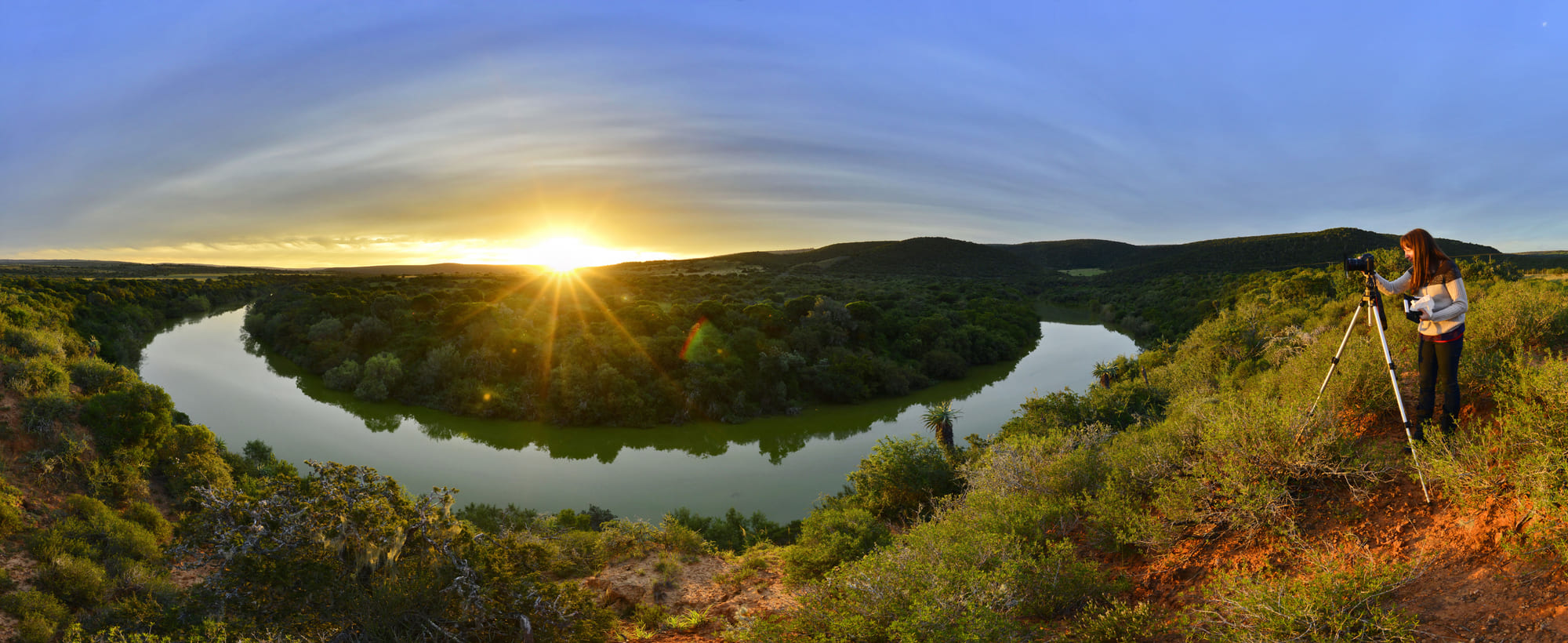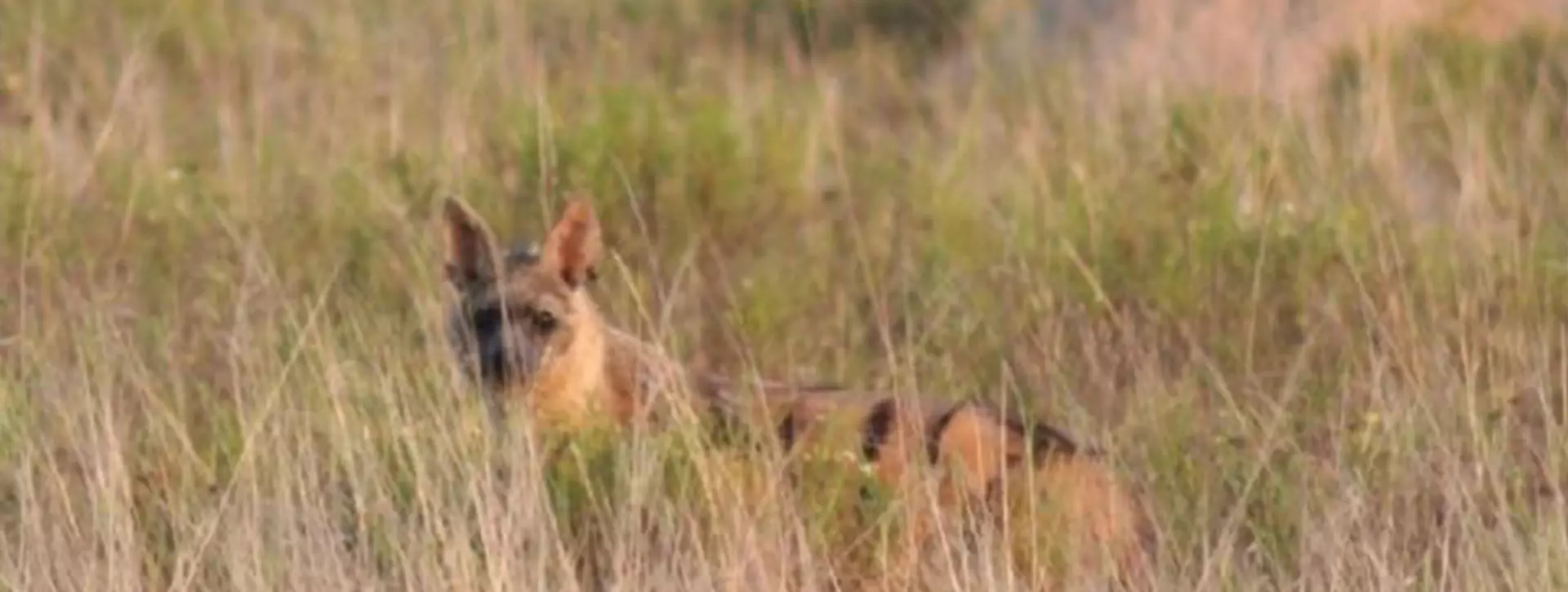But, at Shamwari Game Reserve, we like to make a big fuss about all of our animals, which is why we ensure to tell each of our guests to be on the lookout for the Smaller Five. This group of fauna includes the elephant shrew, ant lion, buffalo weaver, rhinoceros beetle, and leopard tortoise.
The perfect experience that will assist you in spotting these special animals up close, is the Shamwari Bush Walk. Our experienced guides are well equipped to point out various animals, and could well assist you in finding the minute five.
The Elephant Shrew
Also referred to as Elephantulus myurus. This tiny and adorable mammal gets its name from its extended snout. They live in dry plains, rocky ridges and savannah grasslands and only grow to a length of 25cm, with an average weight of 60g. They feed on insects, fruit, seeds and nuts, and are, in turn, food for snakes and raptors, making them tremendously timid and wary.
They live in monogamous pairs for life but are not at all sociable. This means, the chances of spotting them are slim, so if you manage to see an elephant shrew before you catch a glimpse of an actual elephant, you can consider your safari a real success.



